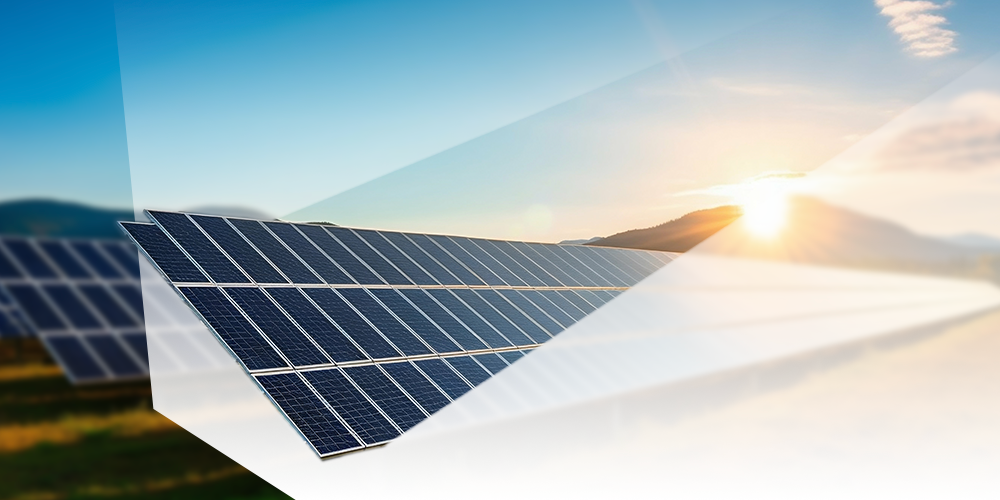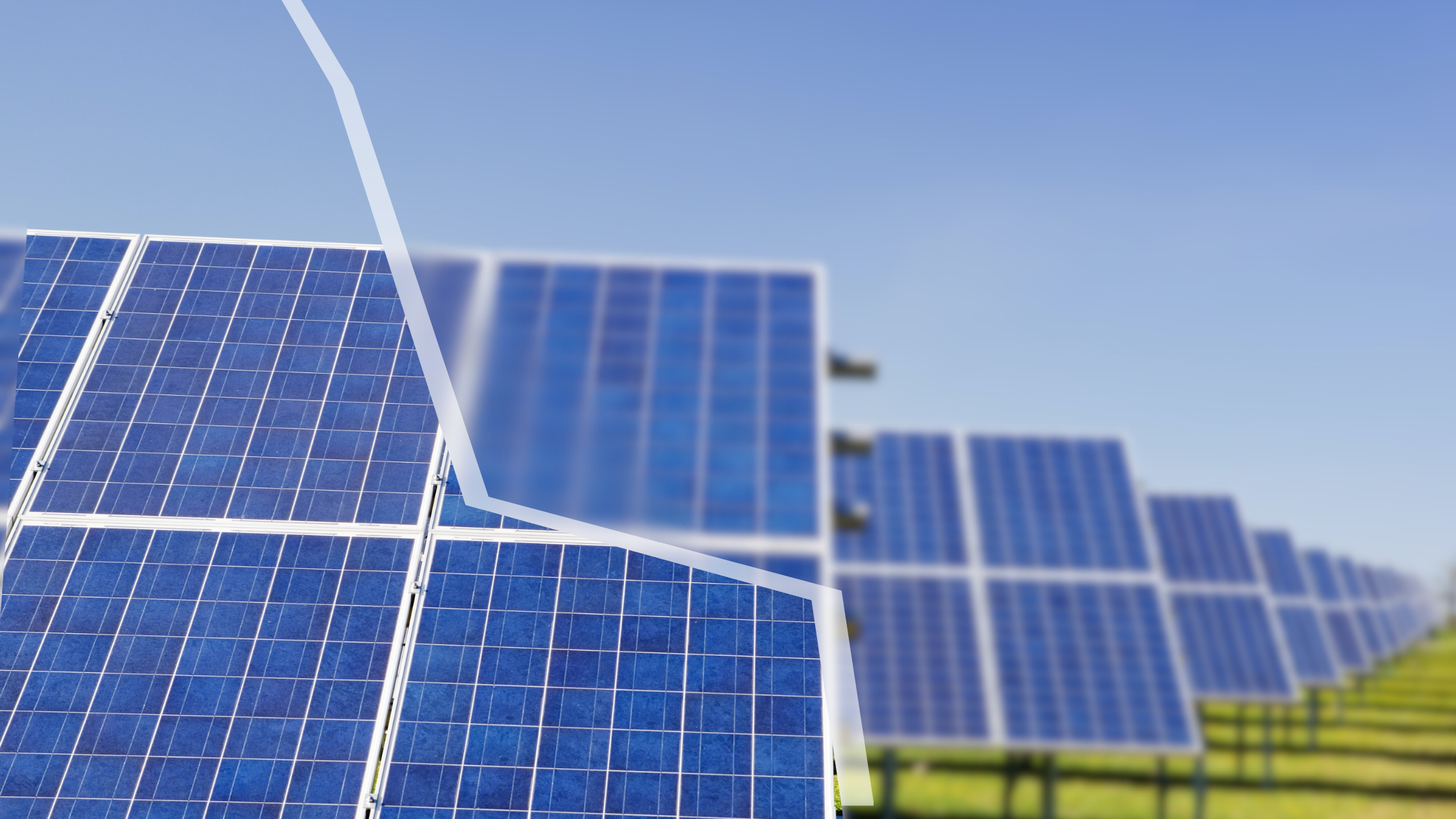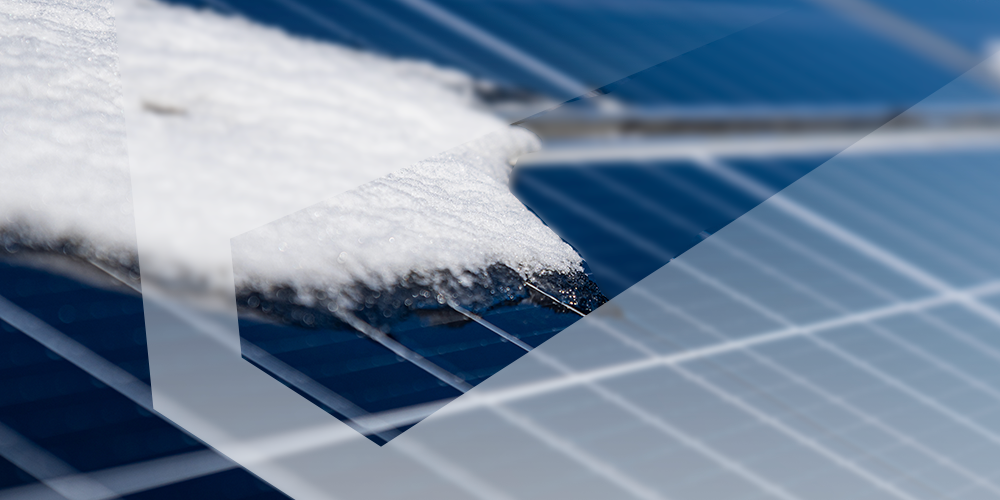The renewable energy industry is experiencing significant growth, with solar energy becoming one of the fastest growing sources. The International Energy Agency attributes the rapid growth to energy security concerns and efficient solar installations. Investors are turning to solar to ensure consistent returns on renewable energy projects while meeting sustainable energy goals.
The case for investing in solar projects
Investors are looking to solar energy projects because of the relatively low costs associated with solar farms. In the past decade, the cost of electricity from solar has fallen by 87 percent. Raw materials associated with PV systems are also declining in cost.
This is causing global solar energy capacities to soar. Total capacity of utility scale solar alone is expected to be 875 GW.
Simultaneously, the cost of battery storage is dropping, down 85% over the last decade. This makes using solar in conjunction with energy storage solutions an increasingly viable option for investors. It also increases the flexibility of this renewable energy source, allowing for coverage in spite of environmental conditions.
As new investors enter the utility scale solar market, data is subject to many discussions. How can it be leveraged to maximize the value of projects? Here are three ways Clir suggests leveraging solar data when developing or investing in projects.
1. Data for OEM and component selection and optimization
Finding the right technology for a solar farm can be challenging. Owners need to consider many different factors, including how well the technology will perform in the region.
Benchmarking data allows developers and owners to leverage learnings from peer farms to select and optimize their technology. For farms in development, this could be looking at solar component data to understand how different OEMs perform in similar environments. This can help them select the best components for their farm. Understanding the availability of different OEMs can help developers select technologies that will perform the best for their use case.
Benchmarking allows farm owners to compare their performance to other farms using the same technology. If benchmarking data detects that the farm is underperforming relative to a similar set of peers, owners can understand what controllable factors are contributing to underperformance. It can also be leveraged to build optimization strategies based on technology and region best practices.
2. Natural catastrophe risk and mitigation data
Natural catastrophes – and their impact on renewable energy infrastructure – are top of mind for investors. With climate change increasing the frequency and severity of extreme weather, the solar industry is facing increased risks. Developers need to consider hail, flooding and extreme weather when building their solar projects to protect them from risks.
Recent reports have highlighted the impact that hail will have on solar projects moving forward. Our data shows that natural catastrophes can have extreme financial consequences, as well. On solar farms, natural catastrophes are expected to be responsible for 51% of total physical damage costs per year. Luckily, best practices exist to combat solar farm damage caused by extreme weather events. For example, high quality panels are usually designed to withstand the impact of hailstones as large as 1 inch. However, if the asset is located in a heavy hail-sensitive region, then owners need to consider protective measures.
Leveraging industry data and expertise, Clir has a database of best-in-class mitigation strategies that can be employed at solar farms. Investing early in risk mitigation is important as many techniques need to be employed during the development phases. For example, the land's characteristics influence the risk of floods and mitigation strategies need to include data on the farm’s surroundings.
3. Operations and maintenance strategies
Downtime is a huge reason for not meeting targets, making it critical for investors to understand how it can be minimized. One area data can help is by understanding the operations and maintenance (O&M) strategies required to optimize your solar farm performance.
Stakeholders can understand how clean scheduling or maintenance can reduce losses by analyzing PV site events. For example, compiling data on snow or soiling underperformance can help quantify losses associated with covered panels. By comparing the costs of these losses with the cost to remove snow or clear panels, owners can develop a cleaning schedule that minimizes operational costs and maximizes performance.
Owners and asset managers can investigate and reduce underperformance in key areas of the solar farm by understanding the root causes of losses at the inverter, combiner or transformer level. Benchmarking data can be used in conjunction with farm data to help owners understand how farm components are performing compared to peers and when it’s time to replace or repair key components.
Why data is critical to solar farms
Market conditions are encouraging further investment in solar energy to meet sustainability goals while ensuring returns. For sustainable growth, the industry needs to leverage PV project data to make key decisions across the project lifecycle.
It’s imperative that utility-scale solar farm owners consider their data strategy when developing and investing in solar farms. By using farm data and solar benchmarking data, owners can increase the value of their projects and support industry growth.







